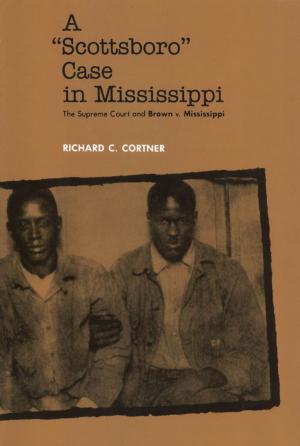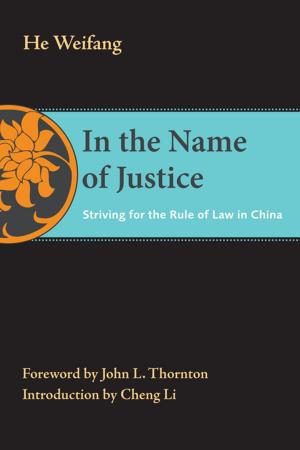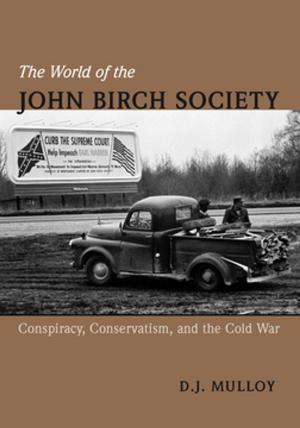The Rise and Fall of the Communist Party of Burma
Nonfiction, History, Asian, Southeast Asia, Revolutionary, Social & Cultural Studies, Political Science, Politics, Civil Rights| Author: | Bertil Lintner | ISBN: | 1230000247237 |
| Publisher: | APMS | Publication: | June 12, 2014 |
| Imprint: | Language: | English |
| Author: | Bertil Lintner |
| ISBN: | 1230000247237 |
| Publisher: | APMS |
| Publication: | June 12, 2014 |
| Imprint: | |
| Language: | English |
One of Asia’s longest running communist insurrections ended on the night of April 16, 1989. Its cessation was not the outcome of a successful government offensive or of a generous amnesty policy, but of an all-out mutiny within the rank-and-file of the Communist Party of Burma (CPB). That night, thousands of mutineers stormed the CPB’s headquarters at Panghsang, a small town near the Chinese frontier in the Wa Hills of Burma’s northeastern Shan State. The rebellious troops seized the well-stocked armoury and other buildings.
While they were smashing portraits of Communist icons Marx, Engels, Lenin, Stalin, and Mao Zedong and destroying CPB literature in an outburst of anti-party sentiment, the CPB’s aging, staunchly Maoist leadership fled headlong across the Nam Hka River into China. For the first time in history, a Communist insurgency had been defeated from within its own ranks. The overwhelming majority of the CPB’s troops came from various minority peoples in the rugged and remote Sino-Burmese border mountains, and these have always been motivated by ethnically and general anti-government sentiments rather than ideology.
This is the story of the rise and fall of one of Asia’s longest-lasting and most powerful communist insurgencies. The book includes maps and unique photographs as well as charts showing how the CPB was organized before it collapsed in 1989.
One of Asia’s longest running communist insurrections ended on the night of April 16, 1989. Its cessation was not the outcome of a successful government offensive or of a generous amnesty policy, but of an all-out mutiny within the rank-and-file of the Communist Party of Burma (CPB). That night, thousands of mutineers stormed the CPB’s headquarters at Panghsang, a small town near the Chinese frontier in the Wa Hills of Burma’s northeastern Shan State. The rebellious troops seized the well-stocked armoury and other buildings.
While they were smashing portraits of Communist icons Marx, Engels, Lenin, Stalin, and Mao Zedong and destroying CPB literature in an outburst of anti-party sentiment, the CPB’s aging, staunchly Maoist leadership fled headlong across the Nam Hka River into China. For the first time in history, a Communist insurgency had been defeated from within its own ranks. The overwhelming majority of the CPB’s troops came from various minority peoples in the rugged and remote Sino-Burmese border mountains, and these have always been motivated by ethnically and general anti-government sentiments rather than ideology.
This is the story of the rise and fall of one of Asia’s longest-lasting and most powerful communist insurgencies. The book includes maps and unique photographs as well as charts showing how the CPB was organized before it collapsed in 1989.















